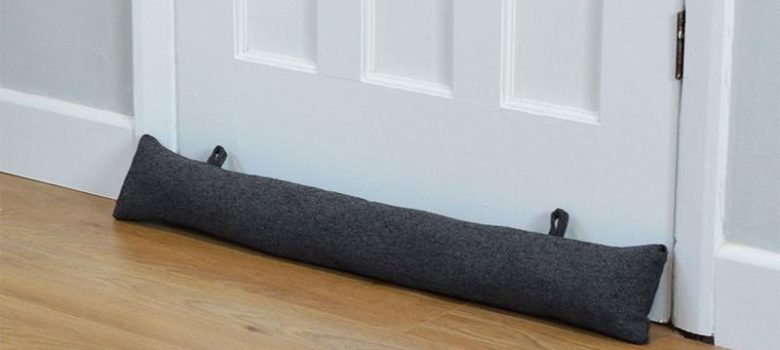
Where should I look for draughts?
- Around the door frame
- The keyhole
- The letterbox
Obviously draught proofing external doors should be the priority, since this will stop cold outside air entering the property; but doors that separate cold rooms from warm rooms should also be draught-proofed to prevent the unwanted circulation of air between the two. This maybe the case if you have a spare room that you do not heat during the winter to help save on your energy bills.
How can I draught-proof around the door frame?
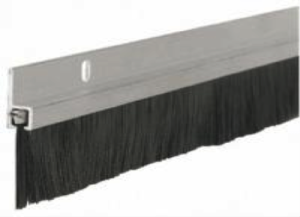 The first step is to fit a brush strip to the bottom of the door frame, as this is where the largest gap tends to be between the door and the frame. Most draught excluders are screwed in place, so first you need to measure the length of the bottom of the door. It is important to measure the door when it is closed, as the fixed brush strip may otherwise stop the door shutting. The brush strip then needs to be cut to length using a hacksaw. Once it has been cut to length, screw the brush strip in place, ensuring that the bristles of the brush reach the floor as this is what is going to stop the draughts.
The first step is to fit a brush strip to the bottom of the door frame, as this is where the largest gap tends to be between the door and the frame. Most draught excluders are screwed in place, so first you need to measure the length of the bottom of the door. It is important to measure the door when it is closed, as the fixed brush strip may otherwise stop the door shutting. The brush strip then needs to be cut to length using a hacksaw. Once it has been cut to length, screw the brush strip in place, ensuring that the bristles of the brush reach the floor as this is what is going to stop the draughts.
A hinged flap draught excluder may also be used as it works on a similar principle; however instead of brushes this method relies on a flexible strip to prevent draughts.
Around the sides and the top of the door you can use a foam strip or brush strips to minimise draughts. The foam strips tend to come attached with a self-adhesive surface, so prior to fitting them to the door, you need to clean the door surface with soapy water (and let it dry) to ensure the foam strip sticks properly.

Gunned silicone sealant may also be used in the draught proofing of doors. This is the cheapest solution to draught proofing around the edges and at the top of the door It is absolutely key that a release agent is first applied to areas of the door that you don’t want the sealant to attach too. By applying the releasing agent in the correct places, the closed door can actually be used as a temporary mould for the sealant before it sets.
Installing Cavity Wall Insulation
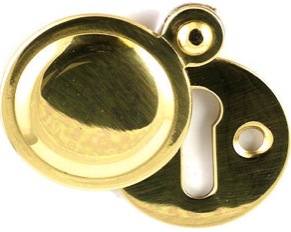
How can I draught-proof a keyhole?
Draughts may also enter the property via keyholes within doors. These draughts are easily prevented by installing an escutcheon plate (essentially a metal disc that is attached at the top of the key hole). This will swing open allowing you to insert the key and swing shut again to stop draughts.
How can I draught proof letterboxes?
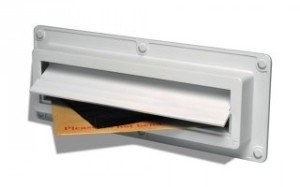 Standard letterboxes produce a surprisingly large draught. We recommend installing something like the Ecoflap letterbox as it is 100% effective, easy to install and is low cost. It is a simple method of draught proofing and completely stops any potential heat loss through the letterbox. You attach the bracket to the inside of the door so it also works as an anti break-in feature.
Standard letterboxes produce a surprisingly large draught. We recommend installing something like the Ecoflap letterbox as it is 100% effective, easy to install and is low cost. It is a simple method of draught proofing and completely stops any potential heat loss through the letterbox. You attach the bracket to the inside of the door so it also works as an anti break-in feature.
Installing new doors
Need your doors replaced? We have scoured the country for the best tradespeople, so that we can make sure we only recommend those we really trust.
If you would like us to find you a local installer, just fill in the form below and we will be in touch shortly!
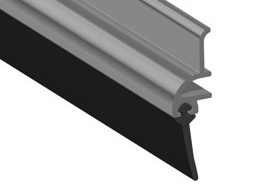




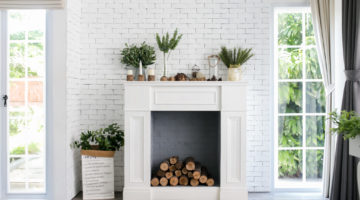
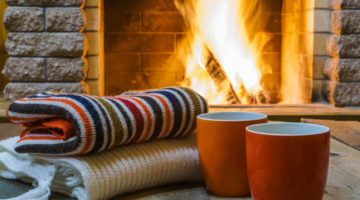






No Comments yet! Be the first one.